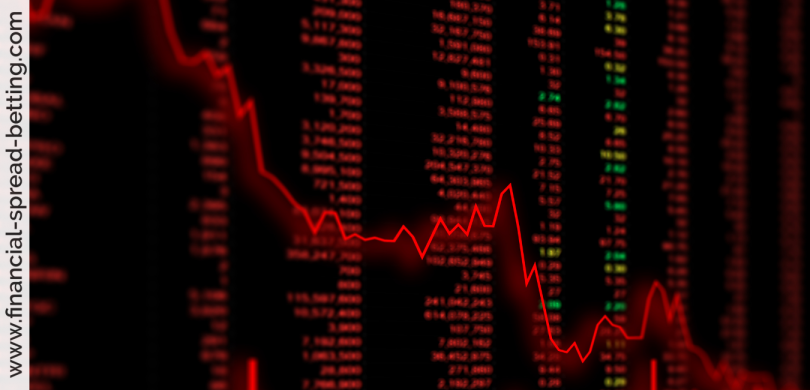In Jim Slater “Beyond the Zulu Principle” chapter 16 Bull and Bear Markets:
13 points to recognise when a bear market might be imminent:
- Cash usually regarded as a very undesirable asset. American saying “Cash is Trash”.
- Value will be hard to find, average PEG will be 1.5 or more and very few stocks at a substantial discount to asset values.
- Average dividend yield will be at historically low levels.
- Interest rates will usually be about to rise. Certainly chance of them falling will be minimal.
- The consensus of investment advisers will be bullish and the general mood of investors upbeat.
- New issues rampant and low quality.
- Ratio directors buying to selling will have fallen to historically low levels.
- Shares will be failing to respond to good results. Even companies that have beat their own forcasts! This is a sign of Market Exhaustion and very little buying power remains.
- Market talk of the town and evident everywhere in the press. Increased space in newspapers and magazines given to investment columns.
- Technical signal; Over 75% of stocks in the market have been standing above their long-term averages, if the number of stocks then falls below 75% that is usually a bearish technical sign.
- On average 14 months will have elapsed since the last Coppock Indicator buying signal during which time the average gain was 30% (based on last ten buying signals). However this is not reliable one occasion it was 8%.
- Broad money supply will be contracting.
- A major change in market leadership will take place. Cyclicals usually do well near the top of bull markets.
Note that Jim Slater says that the bear is a wily character and appears each time in a different form. Formulae do not work and there are subtle variations to the above. However these points should help you if you are suspicious of a bear around the corner.
Warning Signs That Tell You When To Short A Stock…
It’s really hard to short (sell) stocks. This is especially true for the ones you’ve owned for a while. They become like old friends you never want to say goodbye to. But hey… They’re just stocks. Not even pieces of paper anymore. Just bits and bytes of electromagnetic energy on some computer somewhere. When it’s time to get rid of a stock, push the button and dump it.
But how do you know when to let those stocks go?
You can’t just buy a stock and let it sit in your portfolio forever. Even stocks that look rock solid today (remember Parmalat, Enron). Whenever you sell a losing stock you can always let it drop further then buy it back and ride it up again (watch out for the IRS wash sale rule).

Here are some warning signs to watch for:
- When a stock’s price drops 10% to 15% from its recent high.
- If some problem arises in the industry or the company.
- If the stock price has stagnated. Why not sell it and buy something else that might shoot up?
- The stock’s P/E is higher than others in the same industry…and you can’t explain why it’s out of sync.
- In general, if earnings are falling for the company or the industry.
- The company has cut its dividend.
- A key manager leaves and the new manager seems lost. (i.e. can’t clearly articulate the vision for company growth and profitability, reluctant to make needed changes, from a totally different industry)
- The company’s sales margins and return on equity look bad compared to other similar companies.
- The company is about to embark on a large “boneheaded” acquisition. i.e. AOL acquires TimeWarner.
- The company itself has been acquired and the acquisition makes no sense.
- You discovered the stock sometime ago and enjoyed a nice price run-up but now the stock has been discovered by the world. Now where will new buyers come from to drive up the price?
- Key managers in the company start to sell a huge amount of stock. Or they start to buy puts to protect their stock if the price falls.
- When the company’s sales are on the decline and key management tries to revise their bonus plan. Fire the bums or sell the stock.
- Declining earnings growth. The company’s earnings growth has drastically slowed from the previous year. An EPSG% less than 20%.
- The company continues to or has started to burn cash. When a company uses more cash than it makes, it’s just a matter of time before the ACE BOARDUP trucks arrive and the company shuts down.
- The company is just too big sustain stellar growth…once a company explodes past the ten billion sales mark, it’s hard to grow at the same pace it did in the pre-ten billion dollar years. It might be time to find another rising star unless it is pretty obvious the company can hit at 15% EPSG. (i.e IBM, HP, PFE)

